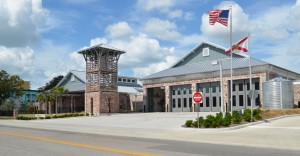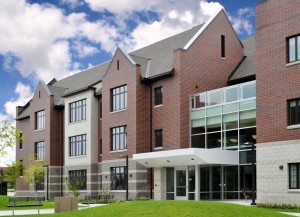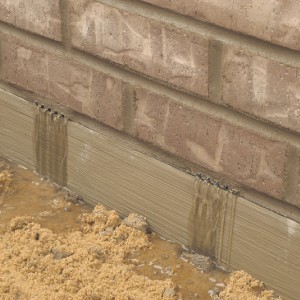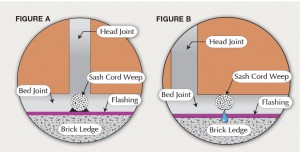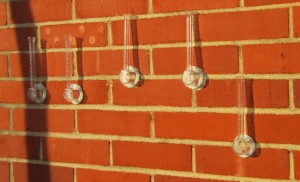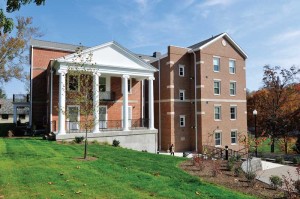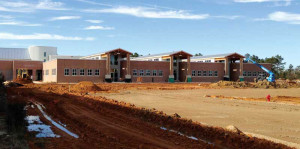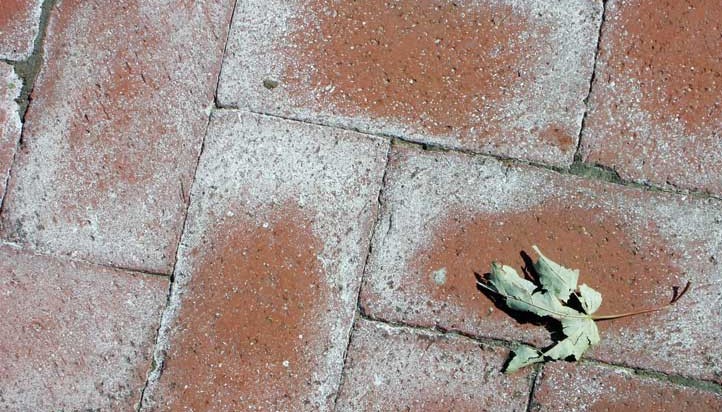The 2012 International Energy Conservation Code (IECC) will bring tremendous change to the way buildings are designed, constructed, and renovated. For example, the insulation requirements for masonry construction have been written to higher performance levels.
+ Read More
|
In a time of increasing complex walls, the masonry industry is striving to rediscover the simplistic principles that made it the material choice of the greatest civilizations in history. The principle “less is more” holds true when it comes to selecting wire reinforcement for reinforced masonry wall systems.
+ Read More
|
Weeps should create an opportunity for the liquid water that has drained down to the top surface of a flashing to exit the core or cavity of the masonry wall on the top surface of the flashing.
+ Read More
|
One of the first commonly employed weep details was the sash cord or ‘rope’ weep. In some cases, this detail was expanded with sections of the sash cord laid in the cavity and then extended through the wall, usually at a head joint.
+ Read More
|
Water repellents can be confusing, from the imprecise terminology (i.e. sealers versus coatings versus sealants) to the wide variety of chemistries available. There can also be a stigma associated with repellents—many consultants are concerned about negative side effects.
+ Read More
|
RILEM tubes can be used to assess a substrate’s resistance to water absorption, to compare the absorption before and after treatment with a water repellent, and to evaluate the durability of a repellent by periodically measuring absorption.
+ Read More
|
When selecting products for a new project, architects, engineers, specifiers, and building owners consider many criteria, from aesthetics to strength to cost. Green buildings require an additional level of scrutiny to determine products’ environmental impacts in several categories, including operational and embodied energy, carbon footprint, and emissions.
+ Read More
|
Architect Sally Zahner of Eley Guild Hardy Architects did not have the luxury of increased spending for environmentally friendly products in the new elementary school in Kiln, Mississippi. Similar to many public projects, the budget was tight and non-negotiable.
+ Read More
|
Efflorescence is one of the first signs of moisture problems for cementitious materials, especially masonry. A by-product of moisture combining with free salts, this phenomenon is not only just a cosmetic problem—left unchecked during freeze-thaw conditions, it can cause brick to weaken, spall, or crumble in some cases.
+ Read More
|
When dealing with efflorescence, there are a few simple rules to remember.
+ Read More
|
|
|


